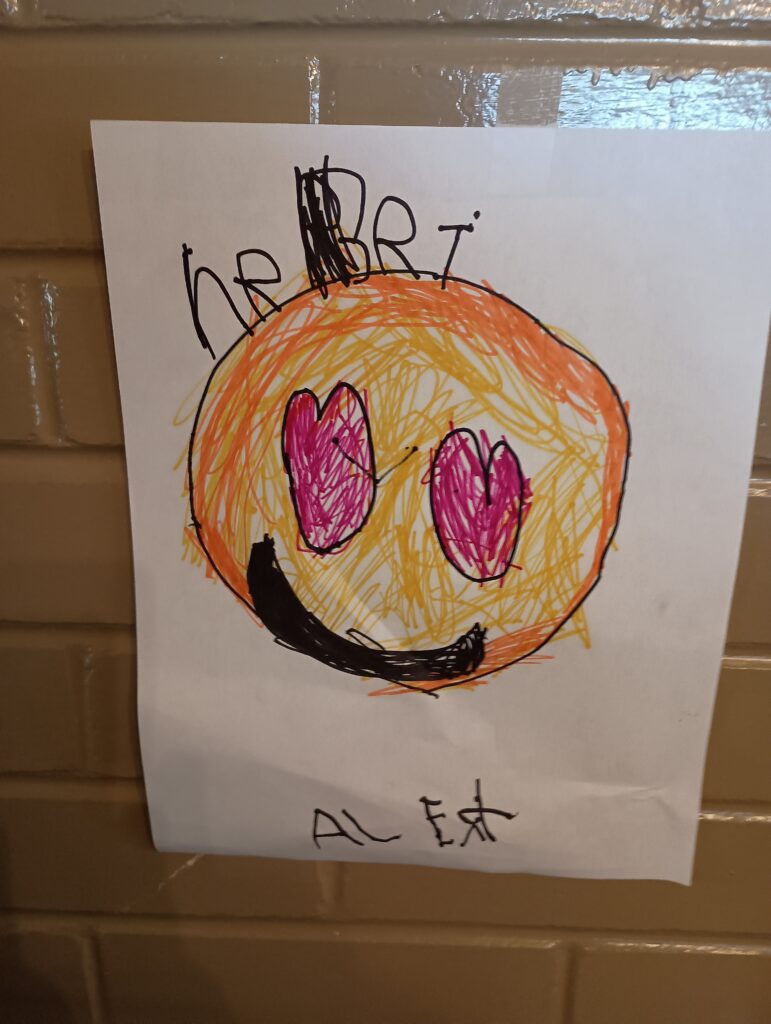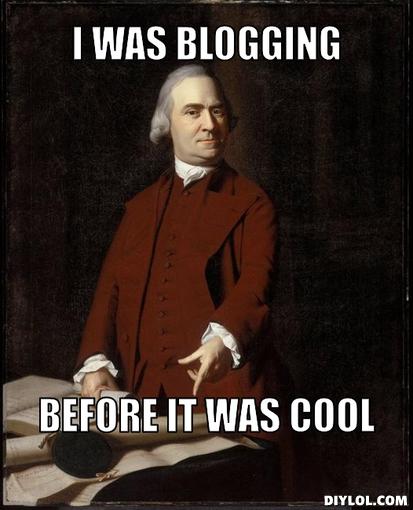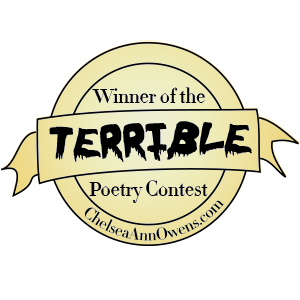For the Mystery Blogger Award I was nominated for but haven’t actually done anything for and haven’t attempted to claim, Ben at Brothers’ Campfire, posted some interesting questions as part of it. The one I’m going to start trying to answer today goes as follows:
The poet John Keats once wrote (in his poem, “Ode on a Grecian Urn”),
Beauty is truth, truth beauty,—-that is all
Ye know on earth, and all ye need to know.
By contrast, Plato (in The Republic) warns of poetry’s power to make a falsehood seem true, by beautifying it. What, then, is the relationship between beauty, as achieved by the artist, and truth?
There is a very little-known story about the Romantic Era poet, John Keats, that I am about to make up. He apparently had a large Mediterranean clay jar on lay-away at Ye Olde General Store. He made his small payments faithfully, but the shopkeeper was hoping for a quicker turn-around. One day he told young Keats, “You know, son, if you’d like, I’d take one of them poems you’re always writing, in lieu of payment.” So Master Keats, wondering what the shopkeeper’s idea of the value of poetry was and also wondering the balance due, asked, “How much is Ode On A Grecian Urn?”

Photo by Rafał Rudol on Unsplash











